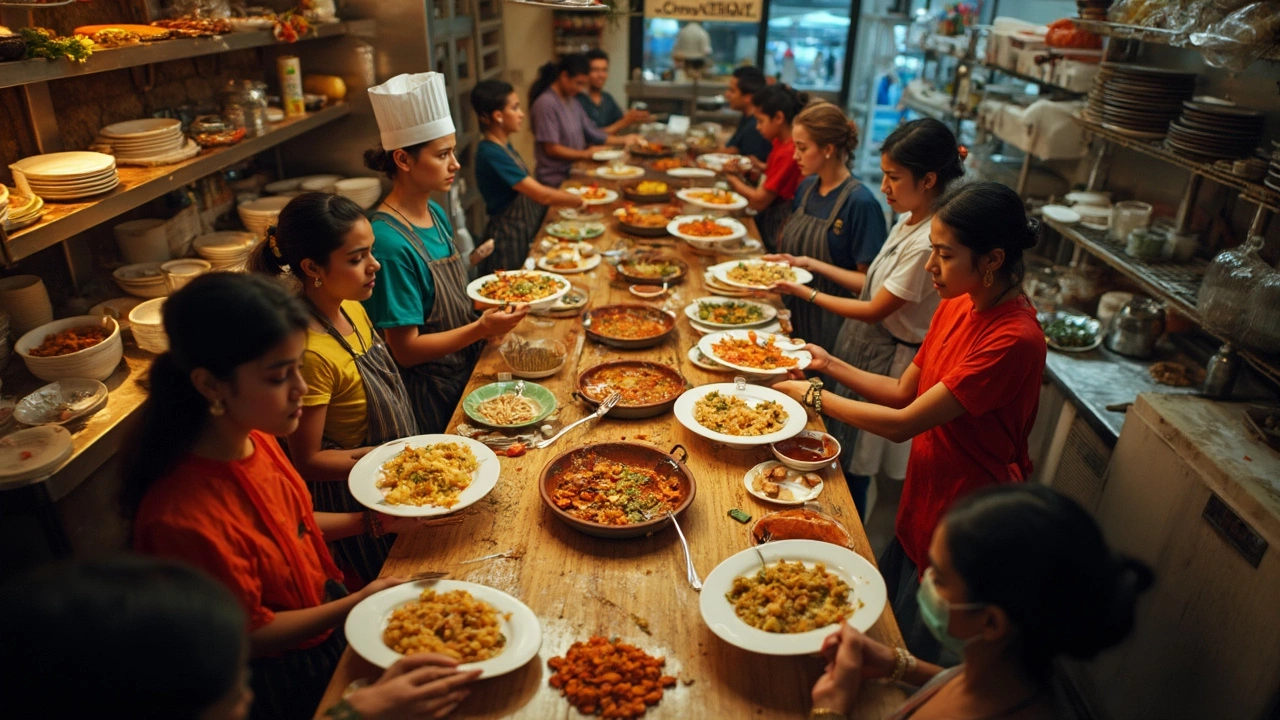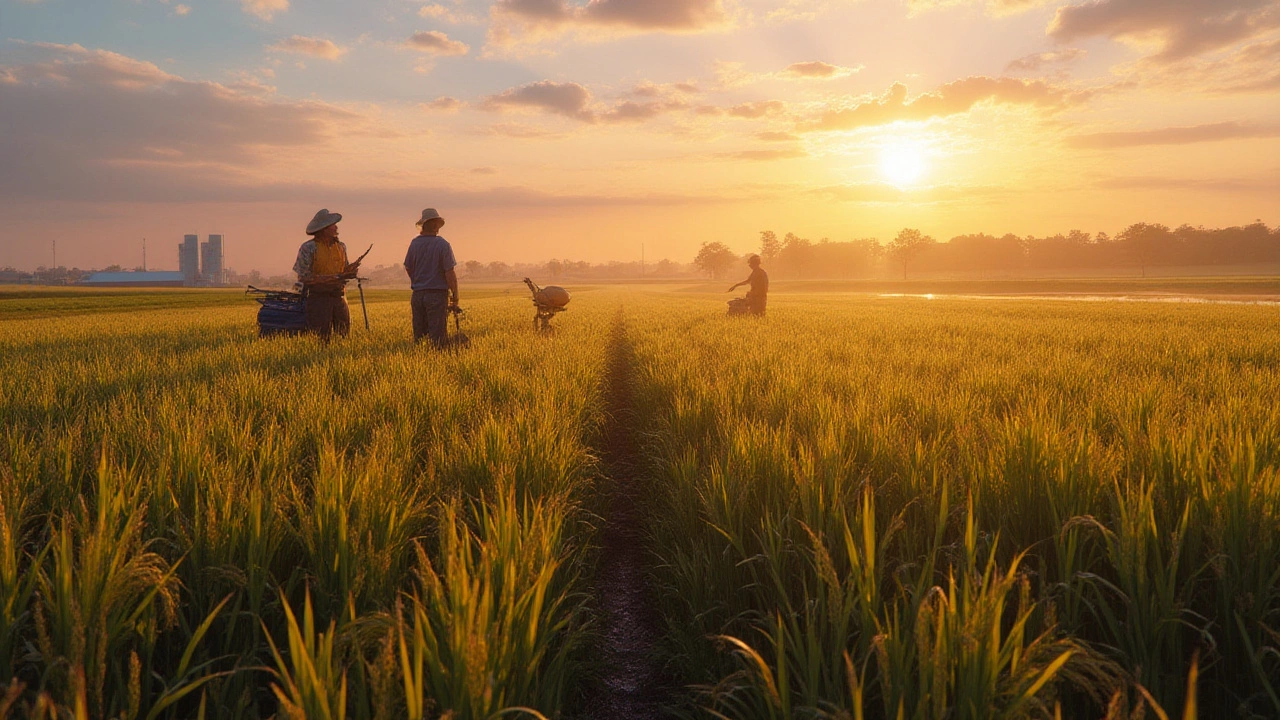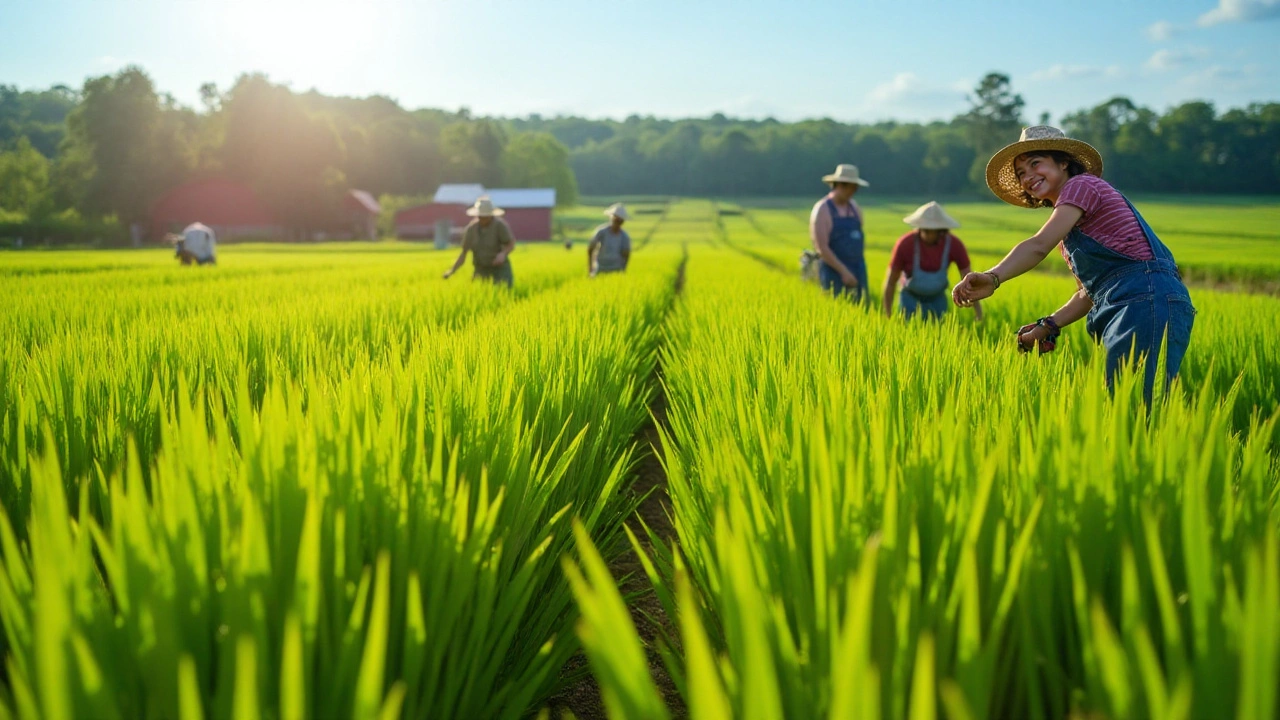Food Units Explained: From Rice to Vegetarian Portions
When talking about food units, standard measures used to quantify edible goods like grains, vegetables, and meat. Also known as food measurement standards, it helps households plan meals and factories track raw material use. A related concept is Rice, the world’s most consumed staple grain, measured in kilograms or pounds per person per year, which often drives national food‑unit calculations. Another key player is the Vegetarian diet, a diet that excludes meat, relying heavily on plant‑based portions and grains. Finally, Portion size, the recommended amount of a food item for a single serving ties all these measurements together, ensuring nutritional balance and cost control.
Food units encompass both everyday cooking and large‑scale manufacturing. In a kitchen, you might use a cup of rice to feed two people, but a factory translates that into metric tons to meet national demand. This shift from household to industry highlights the need for consistent conversion factors—like 1 kilogram of uncooked rice yielding about 2.5 kilograms of cooked grain. The vegetarian diet adds another layer: plant‑based meals often replace meat with beans or lentils, requiring different unit conversions because protein density varies. Understanding these nuances helps you avoid waste, keep budgets in check, and meet dietary guidelines whether you’re feeding a family or a city.
Why Accurate Food Units Matter for Planning
Accurate food‑unit data drives agricultural production decisions. When governments estimate that each citizen needs roughly 150 kg of rice annually, they can allocate land, water, and subsidies accordingly. Miscalculations lead to shortages or surpluses, both of which hurt economies. For vegetarians, tracking unit consumption of legumes, nuts, and dairy alternatives ensures protein targets are met without over‑relying on any single source. Likewise, portion‑size guidelines from health agencies use food‑unit metrics to recommend daily calorie intakes, balancing carbs, fats, and proteins. By linking food units to supply chains, businesses can streamline inventory, reduce spoilage, and improve traceability—from farm to fork.
In practice, the relationship between food units and other entities is straightforward: food units require reliable measurement tools (scales, volume cups), they influence agricultural production plans, and they shape dietary recommendations for various lifestyles. Whether you’re a home cook wondering how much rice lasts a year or a policy maker planning national food security, mastering these units gives you a clear picture of consumption patterns and helps you make smarter choices. Below you’ll find a curated list of articles that dive deeper into rice calculations, vegetarian nutrition, and portion‑size best practices, giving you practical steps to apply these concepts right away.
Unit Process Example in Food Processing: What Really Happens Inside the Factory
This article dives into what a unit process means in the world of food processing and gives a concrete example that anyone can relate to. It uncovers how these steps make food safer, tastier, and longer lasting. There's a focus on why each step matters, not just for big factories but even for home kitchens. If you've ever wondered exactly what happens to your food between farm and fork, this breaks it down into easy-to-understand chunks. Tips for recognizing unit processes in everyday foods are sprinkled throughout.
- manufacturing
- India
- food processing
- garden tips
- rice cultivation
- government schemes
- balcony garden
- urban gardening
- balcony gardening
- profitable business
- business ideas
- plastic manufacturing
- drip irrigation
- plant care
- steel manufacturing
- sustainable gardening
- startup ideas
- steel industry
- flower gardening
- textile manufacturers






